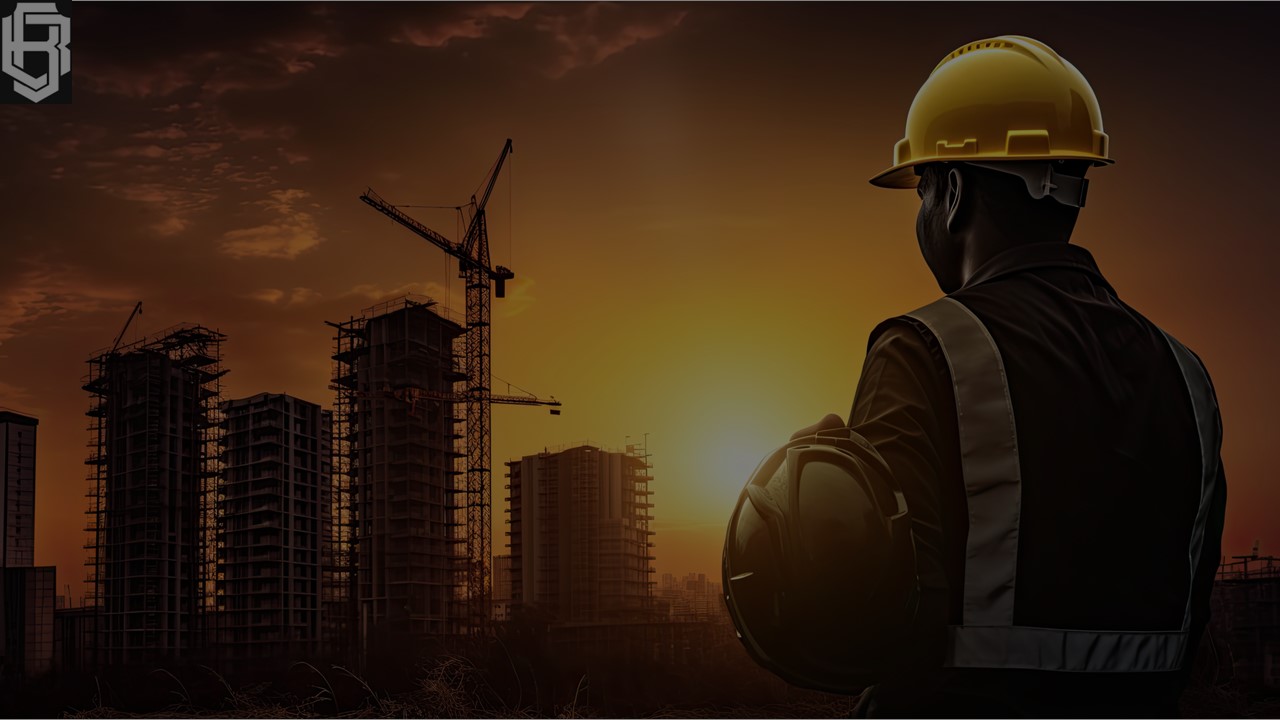The construction industry stands as the backbone of infrastructure development, shaping the skylines of cities, connecting communities, and driving economic growth around the world. From towering skyscrapers and sprawling residential developments to critical infrastructure projects and sustainable urban spaces, the construction industry encompasses a diverse array of projects and stakeholders. In this blog post, we’ll explore the dynamics of the construction industry, uncovering key trends, challenges, and opportunities that are shaping its future.
Urbanization and Infrastructure Development
As global populations continue to urbanize, the demand for infrastructure and construction projects is on the rise. Urbanization presents opportunities for construction firms to participate in large-scale projects such as transportation systems, utilities, and public amenities that support growing urban populations. Additionally, investments in smart cities, sustainable infrastructure, and resilient design are driving innovation and shaping the future of urban development.
Sustainability and Green Building
Sustainability has become a driving force in the construction industry, with a growing emphasis on green building practices, energy efficiency, and environmental stewardship. Sustainable construction materials, renewable energy systems, and green building certifications such as LEED and BREEAM are becoming standard practices for construction projects around the world. By embracing sustainability, construction firms can reduce environmental impact, lower operating costs, and enhance the long-term value and resilience of their projects.
Technological Advancements
Technology is revolutionizing every aspect of the construction industry, from project planning and design to construction management and operations. Building Information Modelling (BIM) enables architects, engineers, and contractors to collaborate more effectively, optimize project designs, and reduce errors and rework. Additionally, advancements in robotics, drones, and 3D printing are enhancing productivity, safety, and efficiency on construction sites. The adoption of digital tools and technologies is transforming the way construction projects are conceived, executed, and maintained, driving productivity gains and cost savings for stakeholders.
Workforce Development and Skills Shortages
The construction industry faces ongoing challenges related to workforce development and skills shortages. As experienced workers retire and new technologies emerge, there’s a growing demand for skilled labour with expertise in digital tools, sustainable practices, and advanced construction techniques. To address skills shortages and attract talent to the industry, construction firms are investing in training programs, apprenticeships, and workforce development initiatives to cultivate the next generation of construction professionals.
Regulatory Compliance and Safety
Safety is a top priority in the construction industry, where workers face numerous hazards and risks on job sites. Regulatory compliance with safety standards and protocols is essential for protecting worker health and minimizing the risk of accidents and injuries. Construction firms must adhere to OSHA regulations, implement safety training programs, and provide personal protective equipment (PPE) to ensure a safe and healthy work environment for their employees. Additionally, advancements in safety technology, such as wearable sensors and real-time monitoring systems, are enhancing safety protocols and reducing the risk of accidents on construction sites.
Conclusion
As the construction industry evolves, adaptability, innovation, and collaboration will be key to navigating the ever-changing landscape and seizing opportunities for growth and success. By embracing sustainability, leveraging technological advancements, investing in workforce development, and prioritizing safety and regulatory compliance, construction firms can position themselves for long-term viability and resilience in a competitive marketplace. As we build the cities and infrastructure of tomorrow, let us continue to push the boundaries of innovation and excellence to create a more sustainable, connected, and resilient built environment for future generations.

